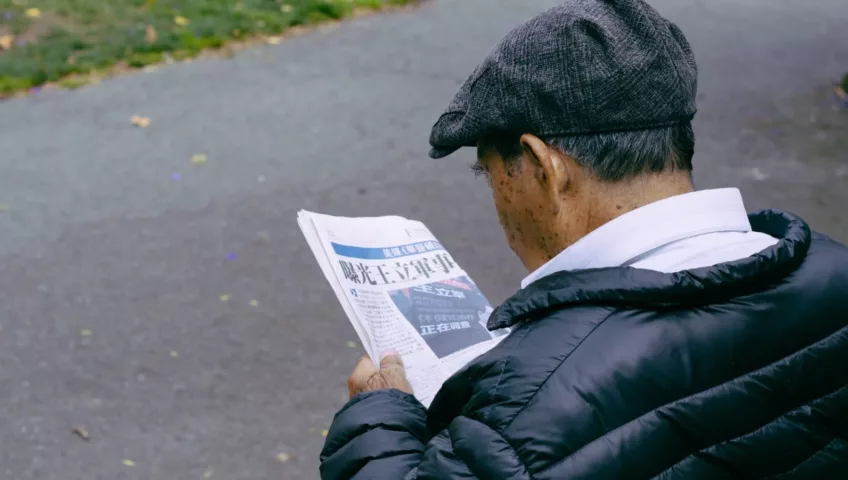It’s not something you want to think about, but there will come a time when your parents or your own home needs some modification. It’s a fact of life that we all get older and can’t do many of the things we’d always taken for granted. Getting upstairs, reaching high cupboards, negotiating steps, bathing and keeping the home clean can get increasingly more difficult as we get older. In a perfect world, we’d all be living in a single storey home with no front step or a mansion with a functioning elevator and someone to push us around. Unfortunately, the perfect life does not exist, so you have to look for ways to make your home as safe and convenient as possible. Here are some tips to help you make your home more senior friendly.
Paths
Paths can be a hazard if they’re cracked or uneven. Repair or reconstruct to make the surfaces smoother for easier mobility. Add non-slip strips or use slip-proof concrete paint or simple scuff up the surface for improved footing. If any of the outside paving is on a slope add rails on both sides to make getting around safer. Steps should be replaced with a ramp wherever possible or install handrails.
Doorways
Doorways may have to be widened if there is a possibility a member of the household will need to use a wheelchair. The optimum width is 90cm. The front doorway should also be covered and protected from the elements. If there’s an area for bundles and packages to be put down, it means the doorway can be negotiated.
Kitchen
In the kitchen areas, you need to be looking for ways to increase accessibility and prevent bending and crouching. An open shelving design makes access easier for frequently used items. Kitchen appliances with easy-to-read controls and push buttons rather than knobs are much better for those with decreasing manual dexterity. A side swing or wall oven will allow for easy access to the oven and remove the need to lift heavy items over a hot oven door.
Bathroom
The bathroom is full of hazards for those with limited mobility. Non-slip flooring is essential as is non-slip bath and shower mats or non-slip strips. Install grab bars in the shower, bath, and next to the toilet. If sitting in the bath is a problem, add a fold-down seat or bench in the shower. A hand-held shower head with an adjustable height allows water to be directed where it’s needed.
Stairs
Not everyone is fortunate enough to live in a one-storey home which means there are going to be stairs to negotiate. In many instances installing a stair lift is the solution, but this isn’t always possible. Installing a lift is another option, but this is something you can’t do yourself. Ideally, you need to choose a member of the LEIA (Lifts & Escalator Industry Association) to install it for you.
Lighting
It’s important the staircase is well lit along with the hallway, entryway, and rooms. Having to enter a room that’s inadequately lit is just waiting for an accident to happen. Light switches should be within reach for those in a wheelchair, motion sensitive or remote control.
Many of the changes mentioned won’t take a lot of work or cost huge amounts of money, but they will make a huge difference to your life as you get older.



Write a Comment